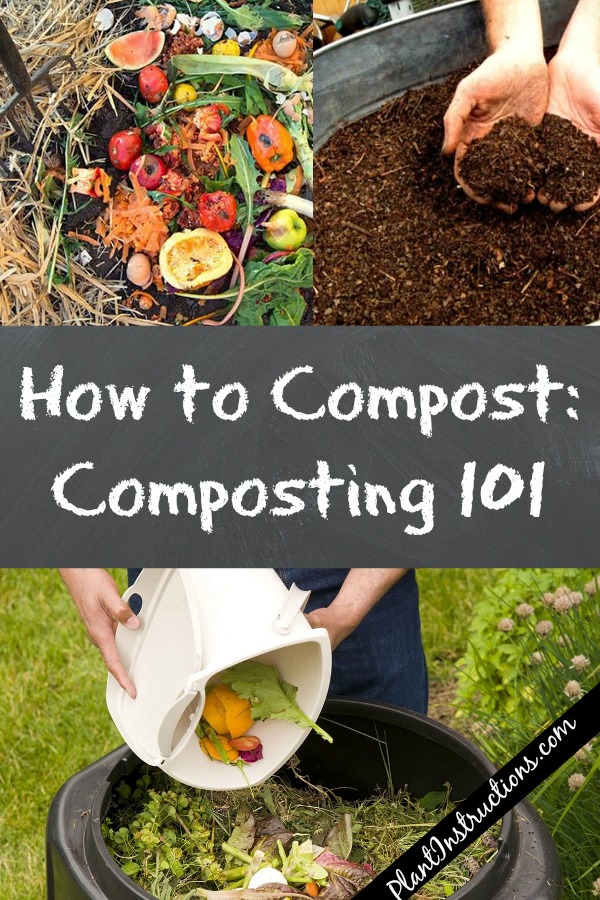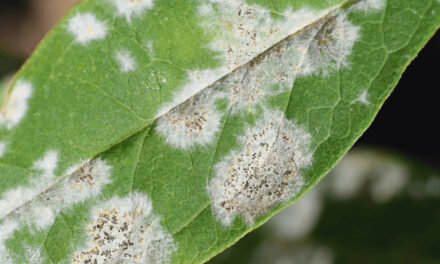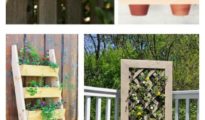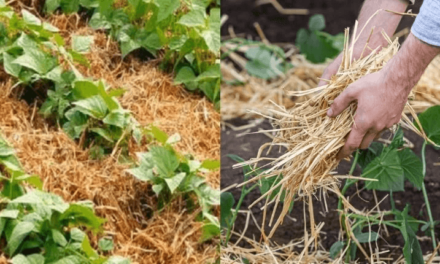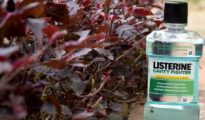If you don't compost, you should start right now! Compost is not only great for the planet, but it's also amazing for your plants and garden. Composting will result in rich, organic soil, which is often so much better than store bought soil amendments! Composting will also help you reduce the amount of trash you have, and therefore better for the environment! Curious about learning how to compost? You've come to the right place! We'll show you exactly WHAT to compost and HOW to do it with our easy to follow composting guide!
How to Compost
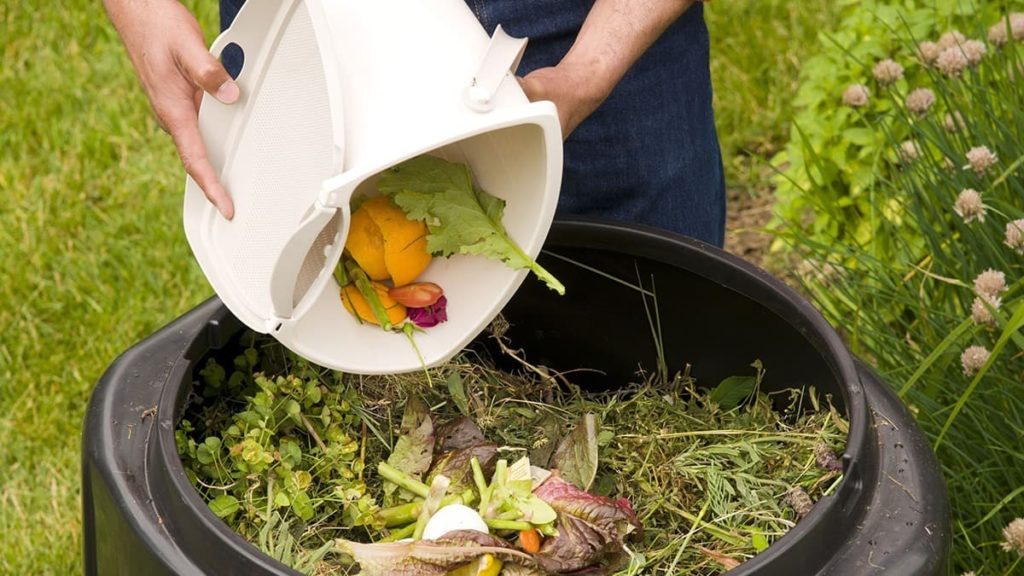
First off, you'll need a nice little bucket you can keep in your kitchen! Keep this bucket under your sink or just somewhere on your counter top so you can quickly throw in your kitchen scraps.
What Can Be Composted?
These are all the items that can be composted:
- raw fruits
- vegetables
- egg shells
- coffee grounds and the filter
- newspapers, paper towel, and non-glossy cardboard
- leaves (brown leaves are great for carbon, while green leaves are great for nitrogen)
- grass clippings
- plant & flower clippings
- yard waster
What Shouldn't Be Composted!
These are the items that CANNOT be composted:
- meats
- dairy products
- processed foods
- plastic
- metals
It seems pretty obvious then what should be and shouldn't be composted. Basically, anything that's natural CAN be, while anything that's not, cannot!
Location:
So now that you have your scarp bucket and know what to throw in it, it's time to find a place to throw your scraps into. It doesn't have to be anything fancy – a hole in the ground is really all you need!
Make sure it's situated in an area that gets no sun, only shade. You don't want the sun beating on your compost as that can result in some very stinky smells!
If your area has been having dry spells, be sure to water the hole once in a while. You don't want it to dry out.
Once your scarp bucket is full, throw it into the hole you just dug. If the hole is full, simply clear a little hole and throw your scraps onto the ground. Cover those scraps with dirt or soil.
Once in a while, throw in some newspaper clippings to add carbon to your compost. Be sure not to add too much of one thing over another. Balance is key here!
So How Does it Work?
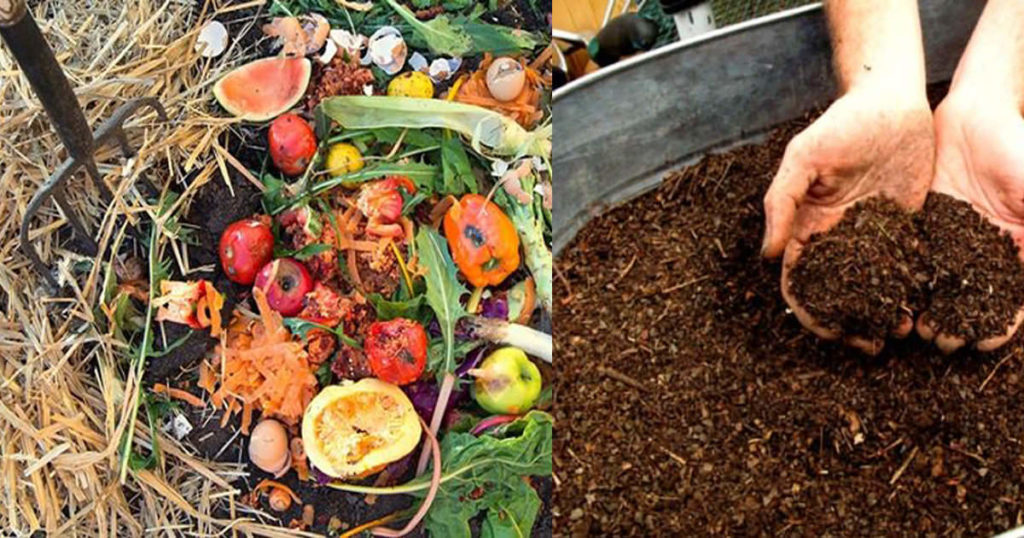
This may sound gross, but this is where the magic happens! Once you have your compost pile, worms will come to it (and believe us, they will!), and start eating away at the compost. The worms will then expel the waste (yes, worm poop!), and this is your garden rich soil!
Within a few weeks, your compost will turn into beautiful, rich soil that you can use for your garden!
What we like to do is split the pile in two: use one side to gather your transformed soil, and the other to keep composting.
So now that you know how to compost, it's time to roll up your sleeve and get to composting!
Like this post? Share and Pin 🙂
